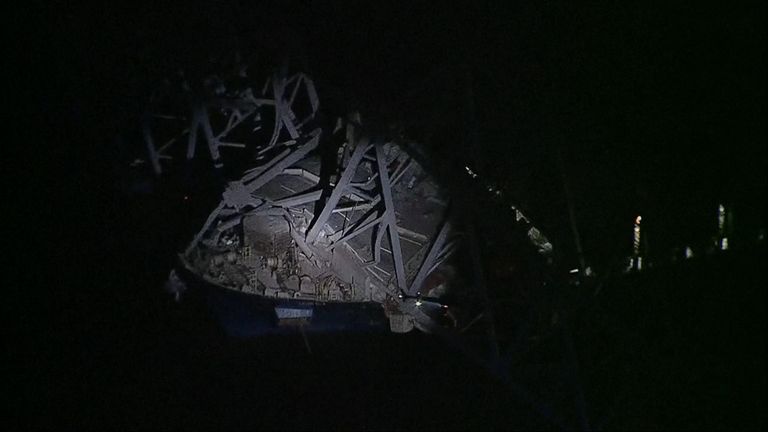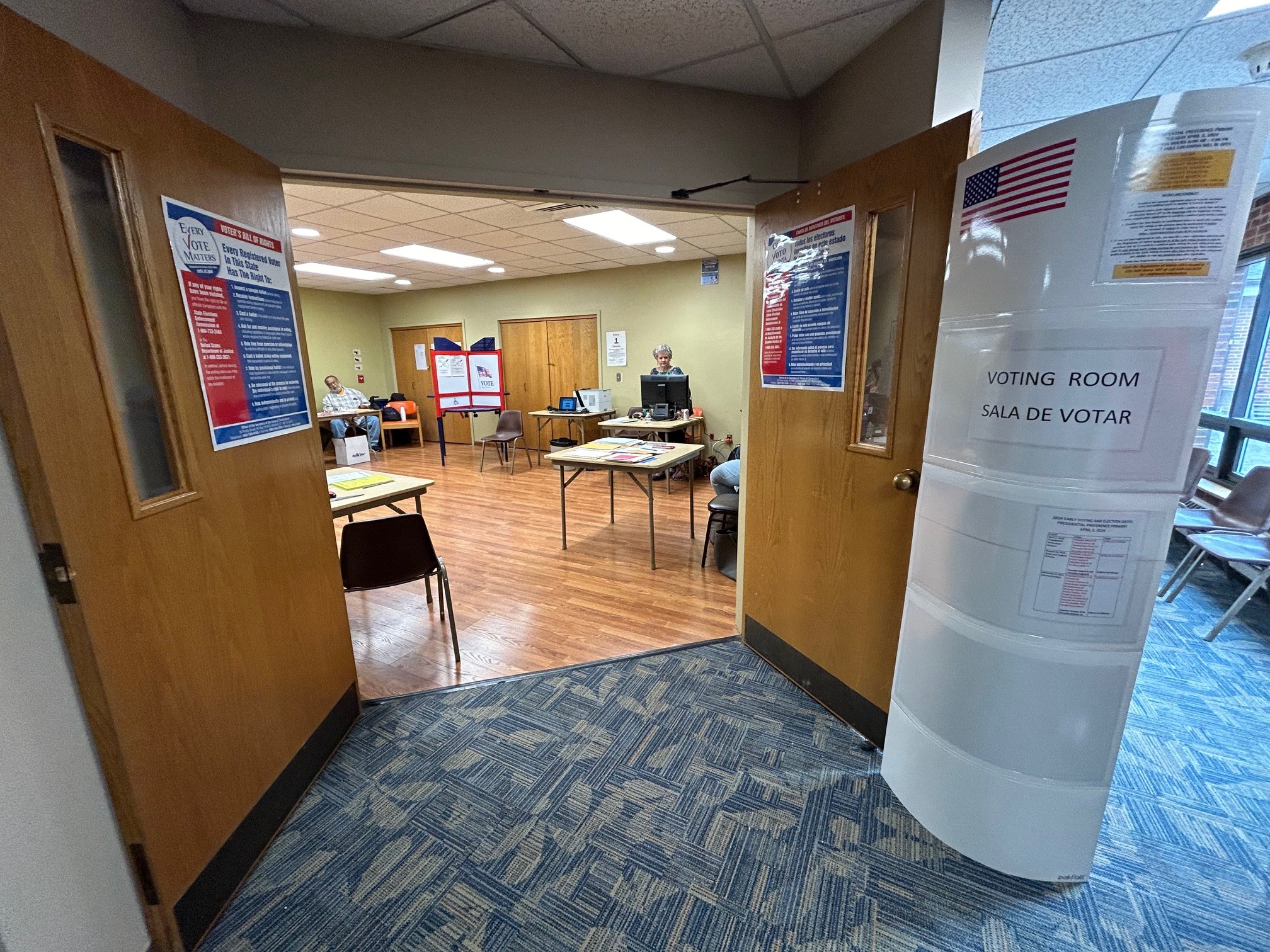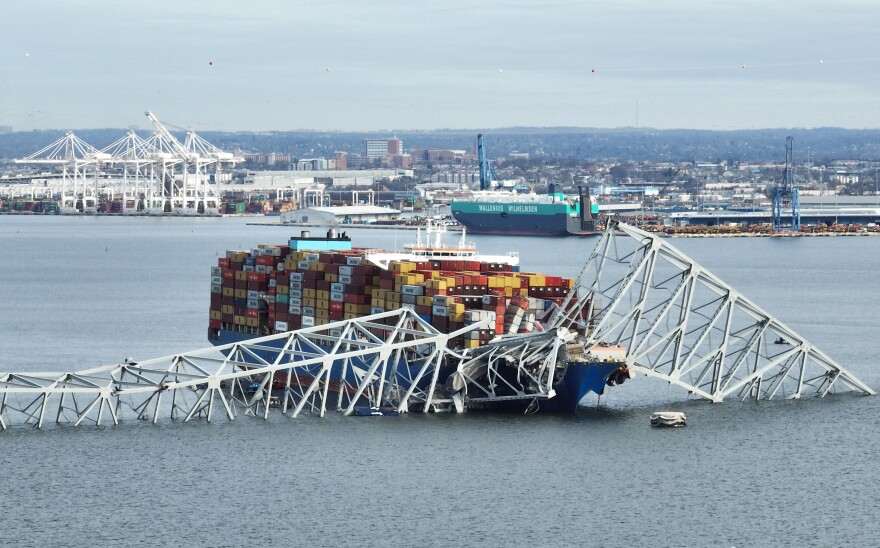On June 22, 2021, a section of the Baltimore Bridge collapsed, injuring several people. The incident prompted an immediate response from emergency services.
The Baltimore Bridge collapse has heightened community concern over infrastructure stability in urban areas. Occurring amid rush hour, this unexpected structural failure impacted not just traffic but also raised questions about the safety of aging bridges nationwide. Officials launched investigations to determine the cause and ensure the integrity of similar structures.
This event has since spurred discussions on the importance of timely maintenance and infrastructure investment. The bridge, a critical connector in the city’s transport network, was under scrutiny for potential repair needs before the collapse, signaling a pressing need for regular and thorough inspections of such vital structures.
Table of Contents
The Collapse
The Baltimore Bridge collapse is a tragic incident that will not be forgotten. It serves as a stark reminder of the importance of infrastructure maintenance and public safety. Let’s explore what triggered this calamitous event and how it unfolded over time.
Causes Of Baltimore Bridge Collapse
Determining the causes behind such a disastrous collapse is crucial for prevention and future safety. In the case of the Baltimore Bridge, several factors came into play:
- Aging Infrastructure: Over time, wear and tear weakened critical components of the bridge.
- Lack of Maintenance: Regular upkeep was not sufficient to prevent the deteriorating condition.
- Exceeding Load Capacity: The bridge may have been carrying weight beyond its limit.
- Environmental Factors: Extreme weather conditions, such as heavy rain or snow, can compromise a bridge’s stability.
- Material Failure: Investigations often reveal that the materials used could not withstand the test of time or stress.
Timeline Of Events
The collapse didn’t happen in an instant; it followed a series of events that escalated to the final moment.
| Date | Event |
|---|---|
| June 1 | Initial reports of bridge vibrations |
| June 2 | Increased public concern and reports to local authorities |
| June 3 | Partial closure for safety assessments |
| June 4 | Emergency repairs begin |
| June 5 | full collapse occurs in the early morning hours |
The sequence of events leading to the collapse paints a distinct picture of the bridge’s final days. Immediate response and action were taken once the initial signs of distress were observed, yet, despite efforts, disaster struck, leaving the community in shock.

Credit: news.sky.com
Impact On The Community
The Baltimore Bridge Collapse touched the lives of many. The once bustling connection now stands as a stark reminder of its unexpected fall. This event had more than a physical impact; it reached into the fabric of the community, touching every aspect from personal safety to the ebb and flow of daily commerce.
Injuries And Fatalities
The collapse’s immediate concern was the well-being of those involved. First responders rushed to the scene, navigating the chaos to provide aid. The community held its breath for updates on neighbors, friends, and family caught in the unfortunate event.
- Emergency services mobilized quickly.
- Several individuals were treated for non-life-threatening injuries.
- Every effort was made to prevent fatalities.
Traffic Disruptions
Flowing like a river through Baltimore, the bridge’s collapse dammed a critical artery. Commuters found their daily routes obstructed, leading to extensive traffic snarls and delays. Schools, emergency vehicles, and public transport had to adapt hastily to the new challenges.
| Area Affected | Types of Disruption |
|---|---|
| Downtown Commute | Longer Travel Times |
| Public Transport | Route Diversions |
Business And Economic Impact
The bridge served as a vital conduit for local businesses. Its absence echoed through the economic landscape of Baltimore. Supply chains were disrupted, affecting trade and service delivery. Small businesses, in particular, felt the pinch as customer flow reduced.
- Delayed deliveries caused supply chain hiccups.
- Businesses near the bridge faced a sharp drop in foot traffic.
- The city initiated plans to mitigate economic strain.
Emergency Response And Recovery
The swift and coordinated actions following the Baltimore Bridge collapse exemplify the importance of an efficient emergency response and recovery. First responders and cleanup crews worked tirelessly to manage the situation, showcasing their preparedness and dedication to the community.
Response From Emergency Services
As the news of the bridge collapse broke, emergency services sprang into action. The local Fire Department was the first on the scene. They assessed the situation, securing the perimeter to ensure public safety. Medical teams rapidly tended to the injured, ensuring they received immediate care.
- Swift evacuation of those at risk
- precise assessment of structural integrity
- Coordination with police to redirect traffic
- Establishing a command center for operations
Local authorities also activated a disaster response plan to streamline rescue efforts. They collaborated with federal agencies for expert support. This comprehensive approach saved lives and hastened the recovery process.
Recovery And Cleanup Efforts
After ensuring the area was safe, recovery and cleanup efforts commenced. Specialized teams with heavy machinery worked to remove debris. Their goals were clear:
- Remove hazardous materials
- Clear the area for forensic analysis
- Reopen vital transportation routes
This organized cleanup process was essential to restoring normalcy as quickly as possible. The Environmental Protection Agency ensured the cleanup adhered to safety regulations. With the help of state agencies, the bridge area began to show signs of recovery within days.
| Task | Agency Involved | Status |
|---|---|---|
| Debris Removal | Public Works Department | In Progress |
| Traffic Management | City Police | Complete |
| Safety Checks | Building Inspectors | Ongoing |
Critical services, such as utility repairs, followed the initial cleanup, ensuring the community’s infrastructure was back in operation. The resilience of Baltimore’s emergency teams was on full display throughout this testing period, leading to an efficient path to recovery.
Investigation And Liability
The Baltimore Bridge collapse raised immediate concerns regarding public safety and infrastructure integrity. With lives disrupted and damages incurred, understanding the causes and identifying responsible parties became a top priority. This segment delves into the various investigations and liability aspects surrounding this tragic event.
Government Investigation
The government swiftly launched a comprehensive investigation to uncover the collapse’s origins. federal and local authorities worked together to comb through the wreckage. They aimed to identify any structural failings or maintenance oversights.
- Evidence collection included debris analysis
- Witness testimonies were recorded
- Infrastructure records were scrutinized
investigators used cutting-edge technology to analyze the bridge’s design and condition prior to the incident.
Private Litigation
Affected individuals and businesses turned to the legal system to seek justice and compensation. Lawyers representing the victims filed lawsuits, citing negligence and demanding accountability.
- Case filings increased across local courts
- Lawsuits pinpointed possible negligence claims
- Victims sought compensation for their losses
Legal experts debated the intricacies of the cases, with outcomes pending based on the findings from the official investigation.
Liability Questions
Liability concerns revolve around several entities, including the city government, contractors, and bridge designers. The question of who should bear the responsibility for the catastrophe remained hotly contested.
| Entity | Liability Concern |
|---|---|
| City Government | Maintenance oversight |
| Contractors | Construction quality |
| Designers | Structural design |
Discussions revolved around issues such as regular inspections, safety protocols, and compliance with engineering standards.
Bridge Safety Across The United States
The safety of bridges in the United States often gets questioned after incidents like the Baltimore Bridge Collapse. Bridges connect towns, cities, and states. They are vital for transport and trade. The collapse is a stark reminder of how crucial bridge safety is to our communities.
Similar Incidents Across The Country
Bridge failures in the country have raised alarms. Here are examples:
- Minneapolis, Minnesota: In 2007, the Interstate 35W bridge fell.
- Washington State: In 2013, a truck hit the Skagit River Bridge, causing it to collapse.
- Atlanta, Georgia: A fire led to the Interstate 85 bridge collapse in 2017.
These incidents highlight the need for better bridge safety measures.
The State Of America’s Bridges
The American Society of Civil Engineers gives bridges in the U.S. a C+ grade. This shows the need for improvement.
| Bridges in Good Condition | Bridges in Fair Condition | Bridges in Poor Condition |
|---|---|---|
| 40% | 50% | 10% |
Funds for repairs and upgrades are critical. It can prevent future collapses.
Moreover, regular checks must ensure bridge safety.

Credit: www.nbcconnecticut.com
Lessons Learned
The Baltimore Bridge collapse, although a tragic event, brought with it vital lessons that can help prevent similar future incidents. One crucial takeaway is the need for rigorous changes in how bridges are inspected and maintained. Additionally, it has spurred necessary conversations about investing in the future of infrastructure to safeguard public safety.
Changes In Bridge Inspection And Maintenance
Enhanced Regularity and Rigor are now at the forefront of bridge inspection practices. Authorities have implemented stricter schedules and more detailed checklists to identify issues early on.
- Advanced Technology: The use of drones and sensors now aids thorough inspections.
- Skilled Inspectors: Teams with specialized training are a must.
- Public Safety: Immediate action on potential hazards is a priority.
Repair and maintenance schedules have become more proactive.
- Frequent minor repairs reduce the need for major overhauls.
- Long-term maintenance plans are in place based on bridge’s lifespan.
The Future Of Infrastructure
The conversation has shifted toward resilience and sustainability. Investment in robust infrastructure is no longer optional; it’s necessary.
| Focus Area | Details |
|---|---|
| Design Innovation | New bridges are designed to withstand extreme conditions. |
| Material Advancements | The industry is exploring longer-lasting, eco-friendly materials. |
| Legislation | Laws now demand regular funding for infrastructure renewal. |
Public awareness and political willpower are now aligned to ensure infrastructures that can last centuries.

Credit: www.nbcconnecticut.com
Frequently Asked Questions For Baltimore Bridge Collapse
What Caused The Baltimore Bridge Collapse?
The collapse was due to structural weaknesses exacerbated by severe weather conditions.
Were There Any Casualties In The Collapse?
Fortunately, no casualties were reported following the bridge collapse.
How Will The Collapse Affect Traffic?
The collapse will likely lead to significant detours and traffic delays in the area.
Is The Baltimore Bridge Collapse Under Investigation?
Yes, authorities have launched a thorough investigation to determine the exact cause.
What Are Officials Saying About The Bridge Safety?
Officials have expressed concerns about aging infrastructure and the need for increased safety inspections.
When Will The Baltimore Bridge Reopen?
The reopening date is currently uncertain as assessments and repairs are ongoing.
Conclusion
The tragic Baltimore Bridge collapse serves as a stark reminder of infrastructure vulnerabilities. Vigilance and proactive measures are essential to ensure public safety and prevent future disasters. Let’s honor the affected by advocating for stronger, safer bridges. Together, we can foster a more secure tomorrow.











Leave a Reply